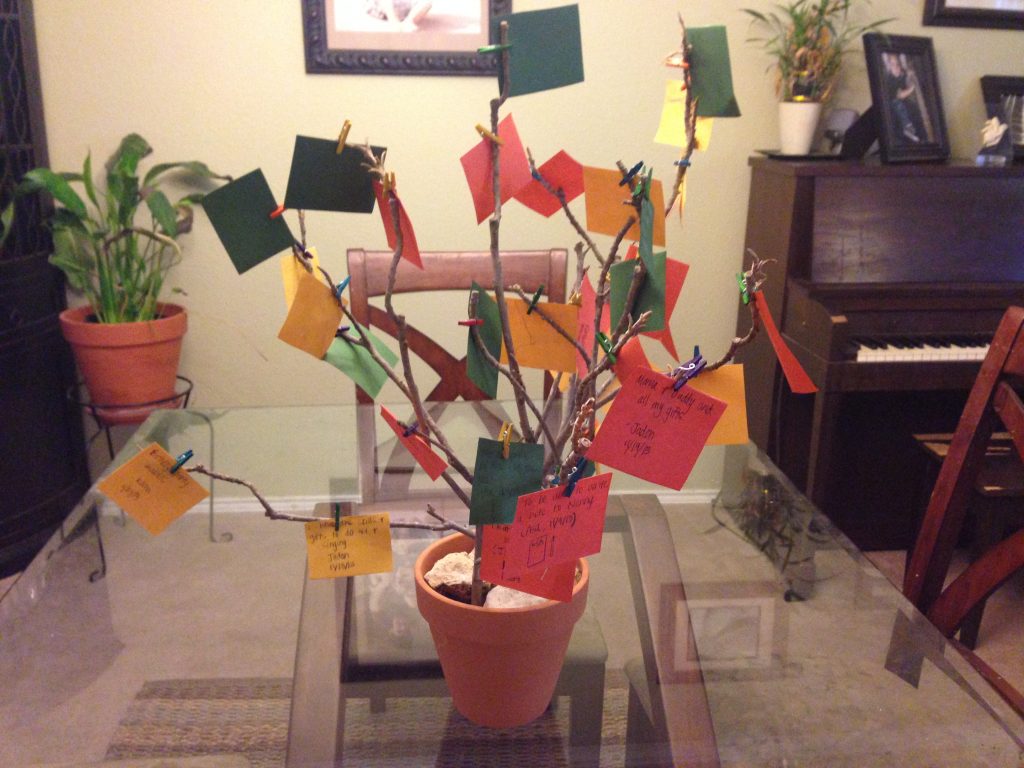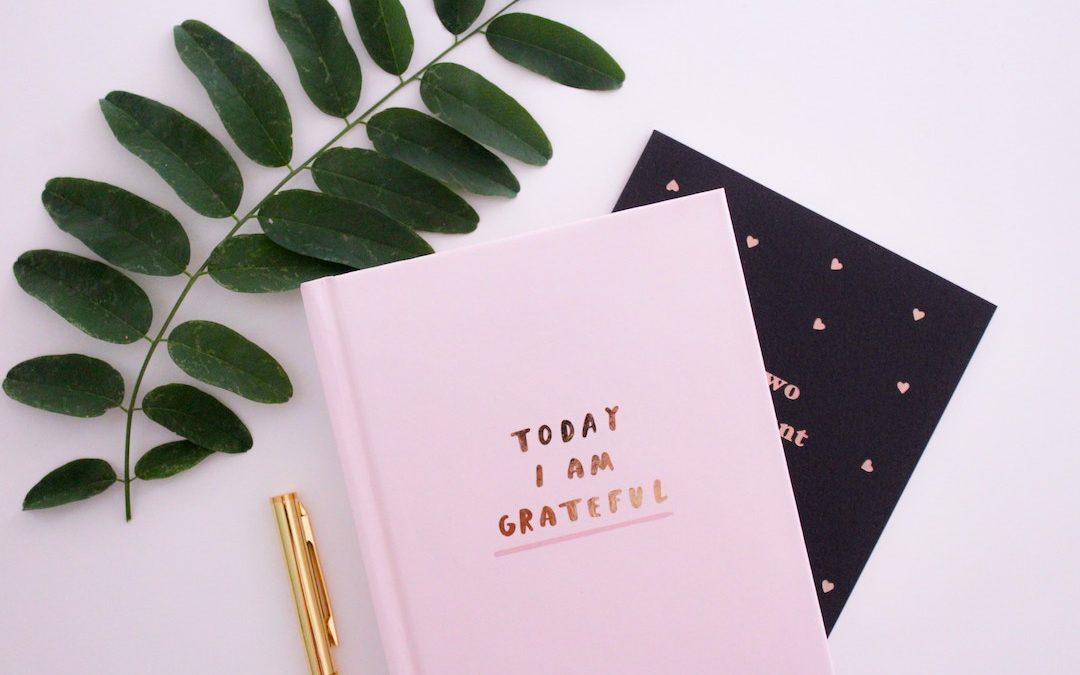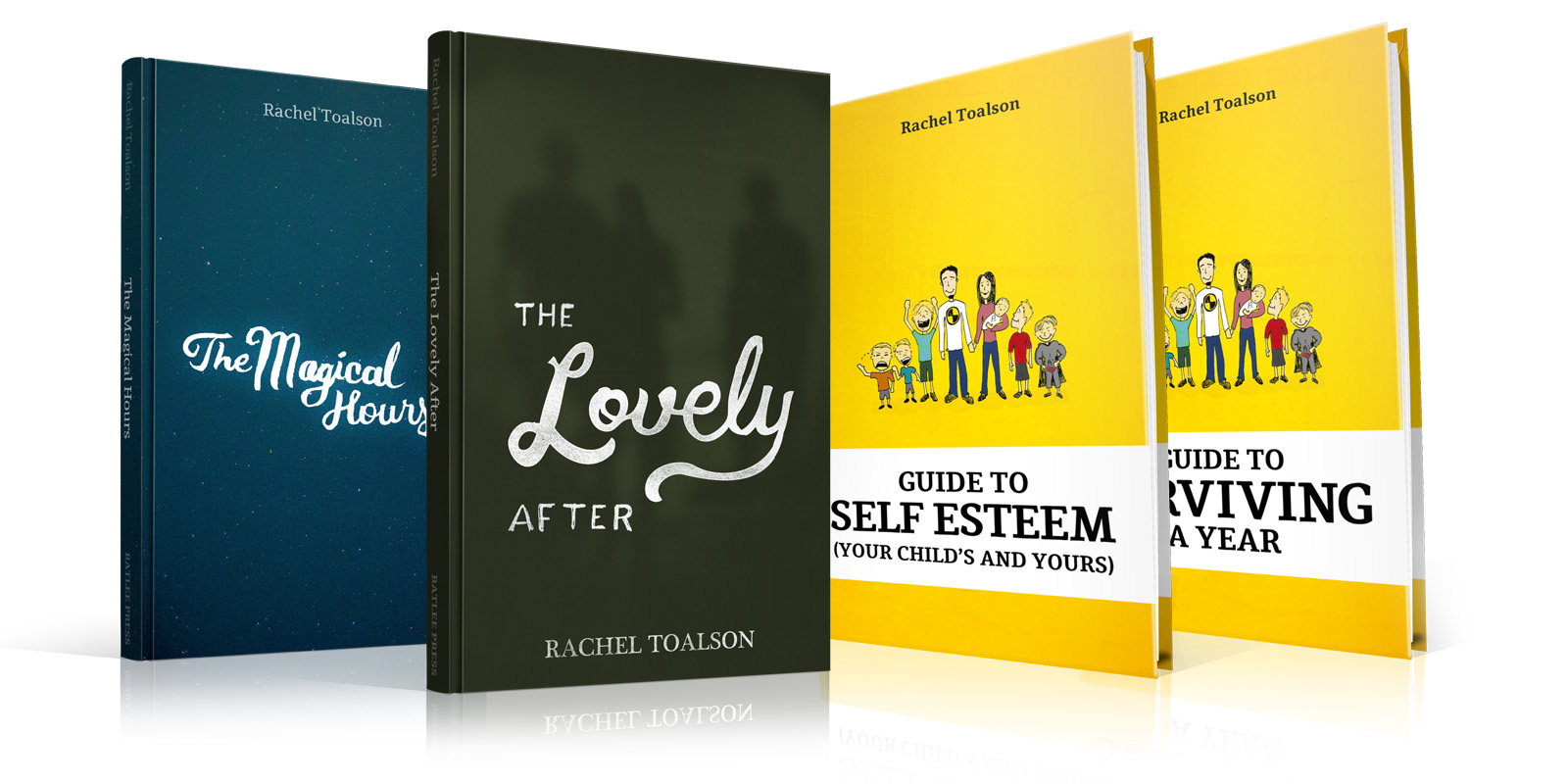Nearly every weekday morning, I log onto zoom, where I meet with a group of authors to first write and then discuss our writing time or whatever’s going on in our lives.
Recently, we’ve begun adding a time of naming our gratitude, before diving into talks about the writing we did in that 1.5-hour slot.
My sons and I call the little “I’m-gratefuls” thankfuls. Every Thanksgiving season, when they were younger, we’d search the wilderness behind our house for the perfect discarded branch, which we’d place in a terra cotta pot and surround with marbles to hold it in place. We’d pin our own paper leaves onto it—each leaf scrawled with one of our thankfuls. We’d bring a dying branch back to life and fill it with color, gratitude, and hope.

Gratitude can turn whole gloomy days around. It can change our attitude. It can help us see more clearly.
Sōkō Morinaga, a Japanese Buddhist spiritual teacher, says, “If you all just let the scales drop from your eyes, you realize that everything everywhere is filled with truth…everything everywhere is to be appreciated.”
Sometimes we have scales covering our eyes. We’ve been through a hard time, we’ve seen some disappointments. Our vision gets a little clouded when all we seem to experience is frustration, sadness, fear, anger, trial and tribulation. The dark gets darker, and the light gets dimmer.
And add to that mental illnesses like Major Depressive Disorder and anxiety disorders and Obsessive Compulsive Disorder and the host of others that can make light so very hard to see.
I’m not one to say that gratitude solves everything. If you’ve been around me long enough, you’ve probably picked up on how much I believe in therapy, how much I want to see everyone, no matter their economic situation, have access to proper mental health care. When I’m in the midst of my depression, gratitude becomes rote. Something I do. Maybe it makes the dark days a little less dark, but it certainly doesn’t take them away.
It is a tool we can use, though.
Lately I’ve found myself using gratitude on my children more and more—like I used to do when they were little.
Three of the six are teenagers. Life is tough for teenagers. Puberty, school demands, trying to figure out who they are and what they can contribute to the world. It’s a lot to balance emotionally. A couple of my sons focus more on what’s fair (and especially what’s not) than what’s good.
I know what it’s like to focus on what’s not fair. I get caught there occasionally in my life, still. If only I hadn’t experienced this trauma as a 12-year-old. If only I’d grown up with a family that had money. If only I’d gotten these educational opportunities…
The list can go on and on and on if I let it.
Gratitude helps peel from our eyes the scales that sink into place when we’re too caught up in the if-onlys.
I know as well as anyone how difficult it is to see past the scales. This time of year is especially hard for me. I’m making pies and treats for my family, but my relationship with food has always been shaky—really, it’s a relationship with my body.
If only I hadn’t grown up with a person in my life who criticized the way I looked…
(It’s much more complicated than that, of course.)
Times like these I fall into self-deprecation. I don’t like my body. I wish I could be different. I wish I didn’t get so overwhelmed all the time. I wish I could be a better mother. I wish…
But if everything everywhere is to be appreciated and everything everywhere is filled with truth, what does that mean? I got out for a run—the air, the trees, time is filled with truth. I sit down to dinner with my family—the room is filled with truth. I meditate in my room while my husband noodles on the piano downstairs—the entire house, music, love is filled with truth.
The solar eclipse is filled with truth…my kids’ shoes all over the floor—filled with truth…the music of our lives, filled with truth.
Here’s the truth I glean from my life when I see with the right kind of eyes:
1. I am loved.
2. I am magnificent just the way I am.
3. Everyone has bad days or needs some extra help sometimes—I’m not alone.
Everything everywhere is to be appreciated—the good days and the bad days. The dark and the light. The disappointing and the victorious.
Every time one of my sons celebrates a birthday we end the day gathered around our table (and a homemade cake), telling the birthday boy why we’re grateful for him. And he has to list however many thankfuls correspond to his age—so it gets more and more challenging as the years march on.
But I hope, by doing this simple ritual, they’re learning to see the good everywhere. I hope they’re learning to focus on what they have instead of what they don’t have. I hope they’re learning to peel the scales from their eyes and see the world clearly.
There are days I definitely don’t feel like being grateful. It wasn’t a productive writing day, a project is giving me trouble, I’m just down in the dumps, no explanation necessary. Gratitude helps turn my attitude around. It reminds me that this is a blip, nothing lasts forever, and sometimes that can be a good thing. Maybe it sounds Pollyanna-ish, finding the silver lining in all the bad. But if it makes us happier? If it helps us recognize the good in our lives? If it changes the way we see? Why not try?
It won’t solve everything, but practicing gratitude will remind you what you have: People who love you; a mind and body that work wonders for you, no matter what it looks like; a future filled with hope and magnificence.
I hope you have a marvelous month of appreciation.
Here are some of my favorite ways to incorporate gratitude in life:
1. Meditate on gratitude.
I know I’ve mentioned it before, but Apple Fitness+ has some fantastic gratitude meditations, from five minutes to 20. I highly recommend practicing them.
When we focus our minds on gratitude and clear away other distractions for even five minutes, we flex the muscle of gratitude. We stretch it longer and make it stronger. And the more we do that, the better at it we get.
2. Keep a gratitude journal.
At the end of every day I record in my schedule three things I’m grateful for. They can be as small as finding a pen that still had ink in it when I got an idea I didn’t want to lose to as big as “I had a great conversation with the 14-year-old about friendship and love.”
This is yet another way of building the muscle of gratitude. Oftentimes we’re so busy in the midst of a day that we don’t even think about these things we’re grateful for; it’s only in looking back that we clearly see how much we have.
3. Share your appreciation with others in your life.
Write notes of appreciation or send a text or call to tell someone in your life how much you value and appreciate them. Gratitude can be shared…in fact, sometimes sharing it has a multiplication effect. Think how you feel when someone shares their appreciation for you. You want to pass that feeling along. Imagine if we all did that, spread rings of positivity into the world. It would be a world of light. And that would be a beautiful thing.


